When we look at the basic principles of photography, one of the key elements has to do with focal length. When describing a lens, this is the first thing that comes to mind and what it is is a bit of a mystery.
Focal length affects your angle of view and determines how much or little of a scene will be captured. As you zoom in, your angle of view decreases. The subject becomes magnified. Likewise, as you zoom out, more of a scene will be captured, and objects decrease in apparent size.
Simply put, focal length range of a lens affects how much you can zoom in relative to the sensor size of your camera. More on this subject in a future post. Focal length is measured in millimeters — the larger the number, the narrower your angle of view is.
Types of lenses
There are two types of lenses — zoom lenses and prime lenses. Zoom lenses allow for multiple focal lengths to be captured, at a wide variety of distances. Alternatively, prime lenses have a fixed focal length. Prime lenses don’t zoom.
.mgl-masonry { display: none; } #mgl-gallery-634ef6ae0f4f3 { column-count: 2; margin: -5px; } #mgl-gallery-634ef6ae0f4f3 .mgl-item { padding: 5px; } #mgl-gallery-634ef6ae0f4f3 figcaption { padding: 5px; } @media screen and (max-width: 800px) { #mgl-gallery-634ef6ae0f4f3 { column-count: 2; } } @media screen and (max-width: 600px) { #mgl-gallery-634ef6ae0f4f3 { column-count: 1; } }
Zoom Lens: There are two rings on zoom lenses — one for focusing, the other for zooming in and out.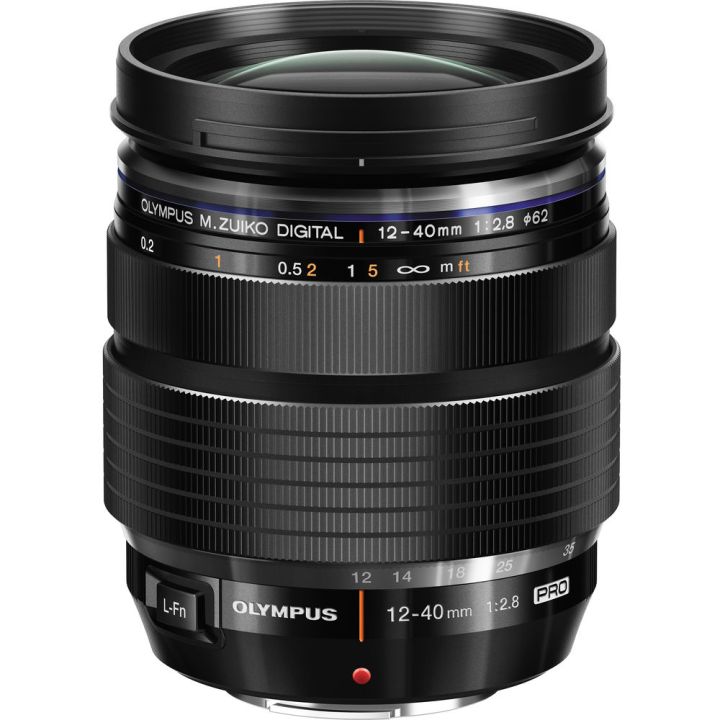
Prime lens: There is only one ring around a prime lens, used for focusing.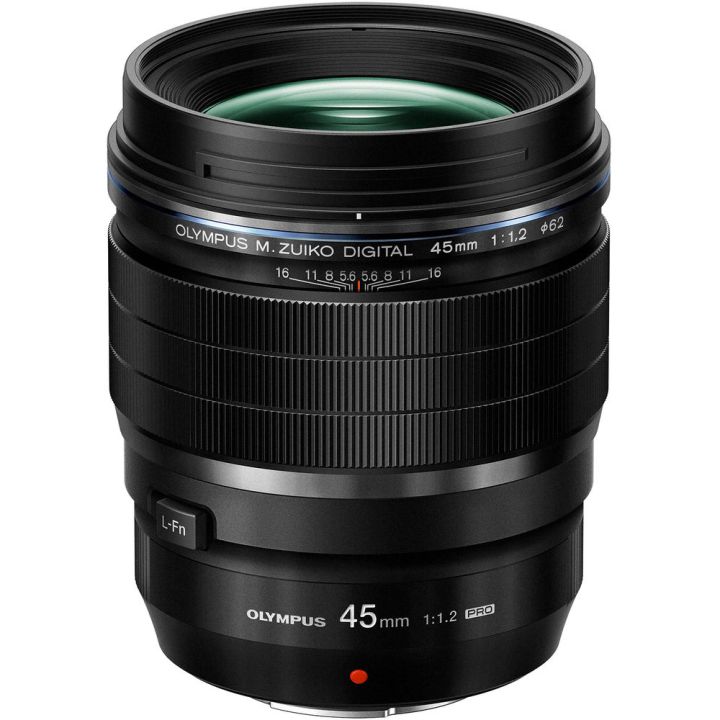
Why would you choose a prime lens over a zoom lens, or even have lenses with overlapping focal lengths?
Prime lenses often allow for a larger aperture — often going down to f/1.4, f/1.2 or even f/0.95. This can help with creative effects like bokeh and blurred backgrounds. This can also be beneficial in low light situations. Prime lenses usually offer significantly better sharpness than zoom lenses.
Types of focal ranges
There are three common types of focal ranges when talking about lenses. Note that the focal length numbers listed below are for the full-frame format.
If you have a crop sensor camera, your lenses will ultimately give you a field of view that is approximately 1.5 times smaller than the same lens on its full-frame cousin. Using a 35mm lens, for instance, would render a smaller photo on a crop sensor camera. Micro four-thirds users have their math a little easier and are half the size of a full frame.
Keep in mind that no matter the sensor size, the focal length is still 35mm. This is important because perspective is a function of focal length. The perspective of a photo taken with a 35mm lens on a full frame camera is the same as the perspective in a crop sensor or micro four-thirds sensor. The image area is smaller by a factor of 1.5 for a crop sensor and 2 for the micro four-thirds.
.mgl-masonry { display: none; } #mgl-gallery-634ef6ae0fd78 { column-count: 2; margin: -5px; } #mgl-gallery-634ef6ae0fd78 .mgl-item { padding: 5px; } #mgl-gallery-634ef6ae0fd78 figcaption { padding: 5px; } @media screen and (max-width: 800px) { #mgl-gallery-634ef6ae0fd78 { column-count: 2; } } @media screen and (max-width: 600px) { #mgl-gallery-634ef6ae0fd78 { column-count: 1; } }
7mm 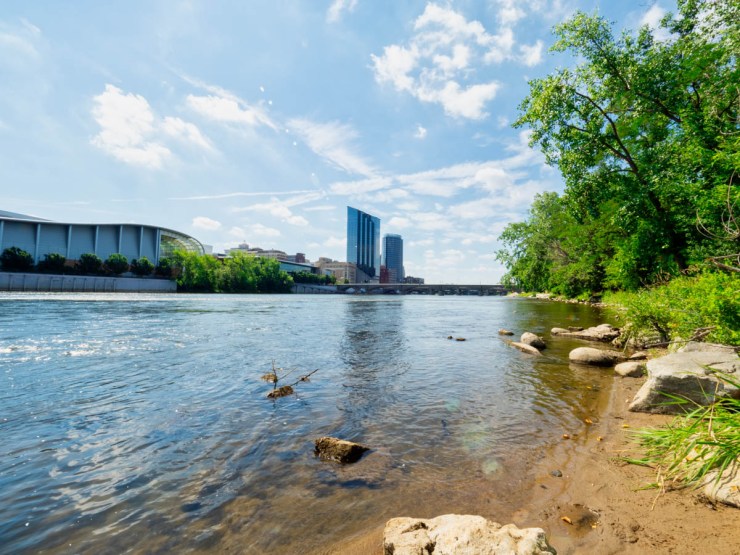
12mm 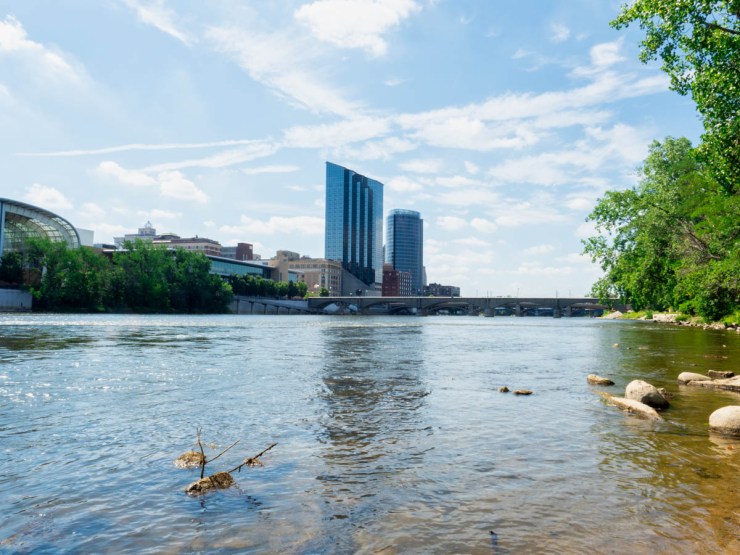
18mm 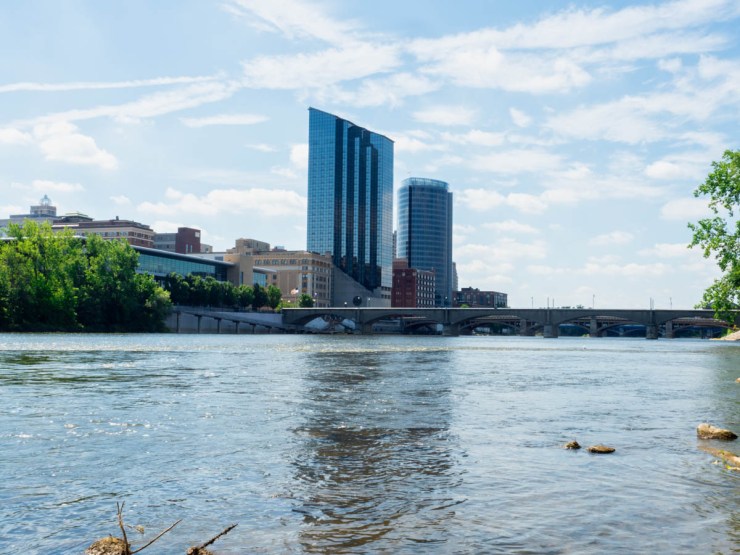
25mm 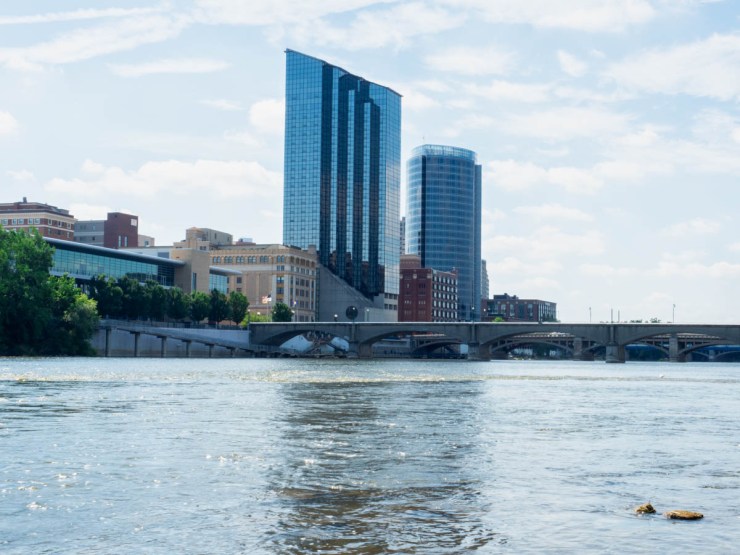
Wide-angle zoom lens — 12mm to 24mm: Wide-angle lenses help you to capture a scene, and are often used for landscape photographs. At its widest point, these lenses can present some distortion.
Standard zoom lens — 24mm to 70mm: This range most represents what we see with our eyes (50mm). It’s perfect for things like portraits because these lenses usually won’t distort what you capture.
Telephoto zoom lens — 70mm to 300mm: These lenses are often used when you have to capture a more distant scene. At its low end, these can be used for portraits or product photography (the 85mm is a common portrait prime lens), whereas at its high end, you can capture scenes that are not usually obtainable.
Focal length is the first thing we look at when starting to shoot pictures. It helps determine what is in the frame and what isn’t, and can ultimately lead to a completely different and creative view than others will create.
Tell your story with the second annual Visual Storytelling Conference!
Experience four days of interactive, online training sessions featuring a range of educational content with experienced photographers and content creators. This free event kicks off with a series of technical boot camps to build essential skills, followed by live, online sessions on photography, video, business and social media. Join live from March 10-13, 2022!
